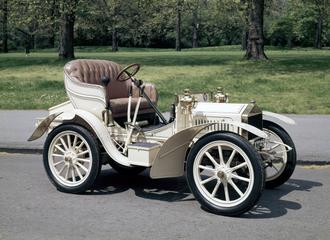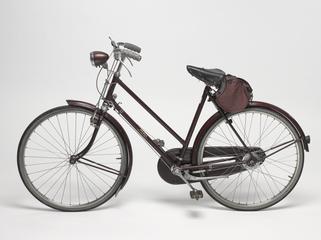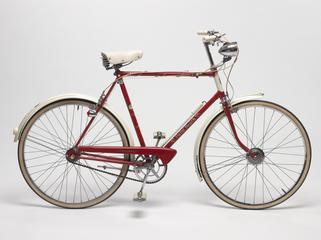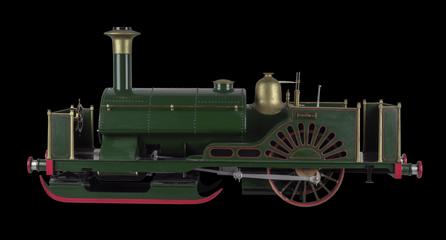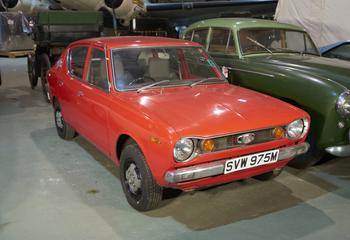
Penny Farthing Bicycle
- Made:
- 1880-1890 in Manchester



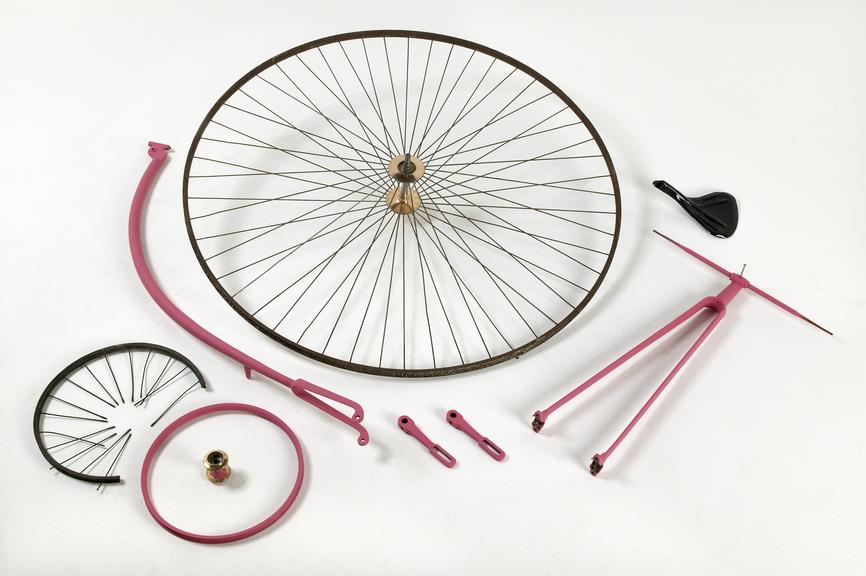
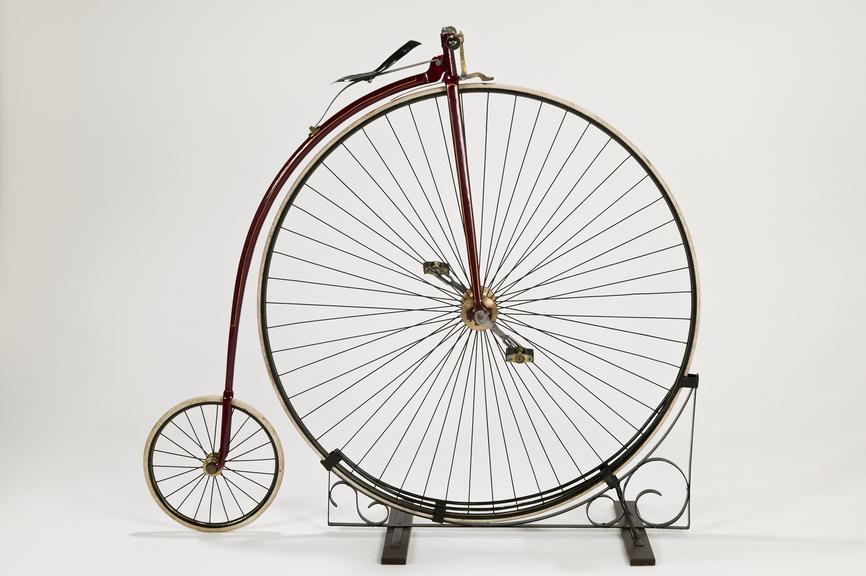
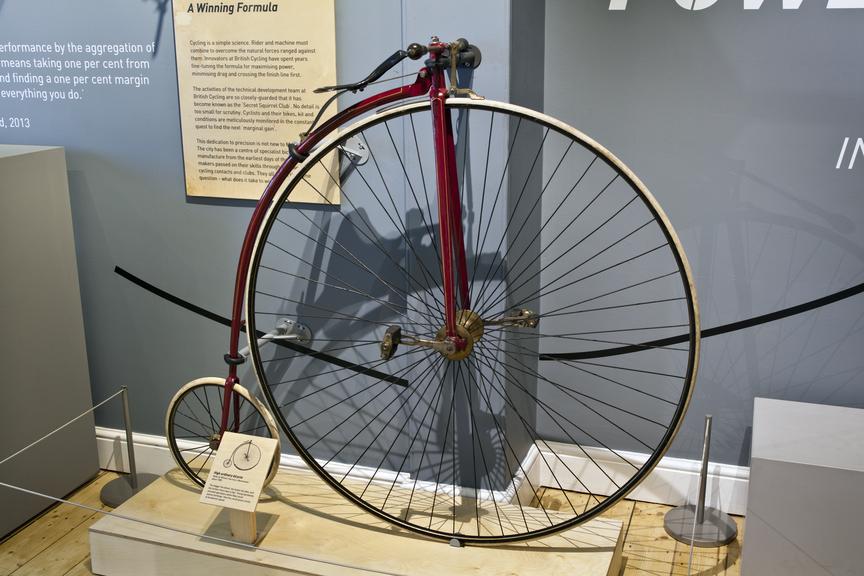
High Ordinary (Penny Farthing) bicycle made by William Harrison, Manchester, c.1885.
The bigger the wheel, the faster the bike, and the further there was to fall. Any loose stones or changes in gradient could result in an infamous ‘header’—falling headfirst off the bike. Young daredevils shocked spectators when they raced their ‘penny-farthings’ round grass tracks at breakneck speed. With a pedal attached to the axle of the front wheel the rider can achieve a 1:1 drive (one revolution of the pedal equals one revolution of the wheel). If the direct energy from the rider’s legs could be transmitted to the largest surface area possible, you could go further with one rotation of the pedals. Hence the large front wheel. The speed of the wheel was still limited by the cadence (or pedal rate) of the rider’s legs. At its design extreme the saddle of a high ordinary could be over 1.5 metres above the road. This meant that a great amount of balance was required to maintain the frame upright. High ordinary bicycles were out of scope for all but a few women due to the heavy long skirts worn at that time.
High ordinary bikes were a popular craze for a short period of time around 1880-1890. They were a development from the ‘boneshaker’ velocipede that did not have pedals, rather like the modern balance bike. They faded from popularity as the more advanced, safer, and more efficient ‘safety bike’ was developed which had identical sized wheels and rear wheel drive via a chain and sprocket.
Details
- Category:
- Road Transport
- Object Number:
- Y2005.19.2
- Materials:
- metal (unknown), rubber (unidentified), plastic (unidentified, wood (unidentified) and paint
- Measurements:
-
overall: 1480 mm x 560 mm x 1580 mm, 20 kg
- type:
- bicycle
- credit:
- Purchased from Paul Westmacott
